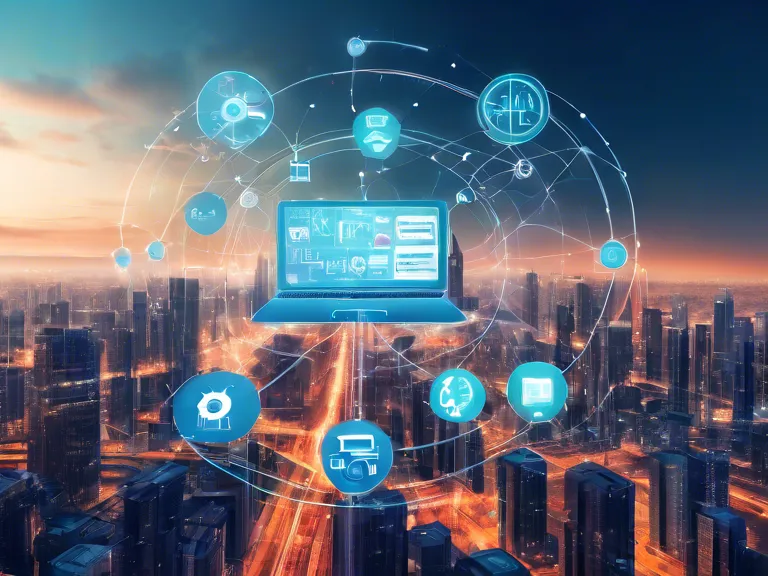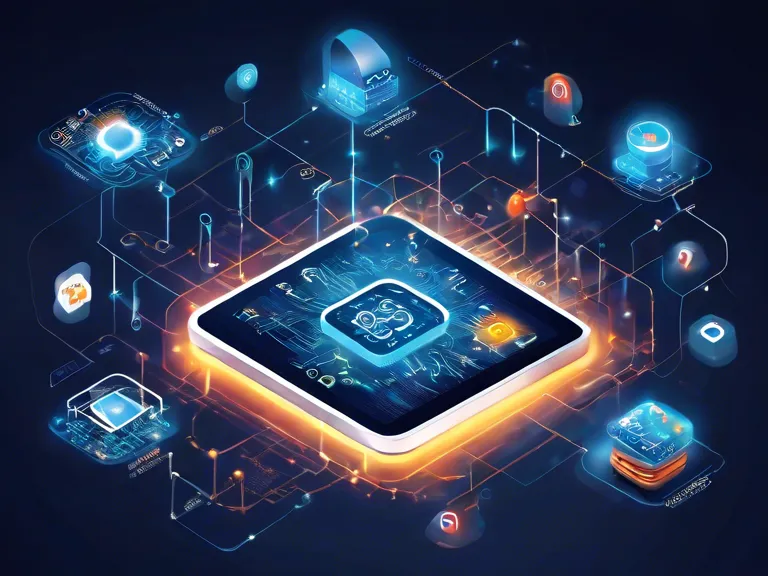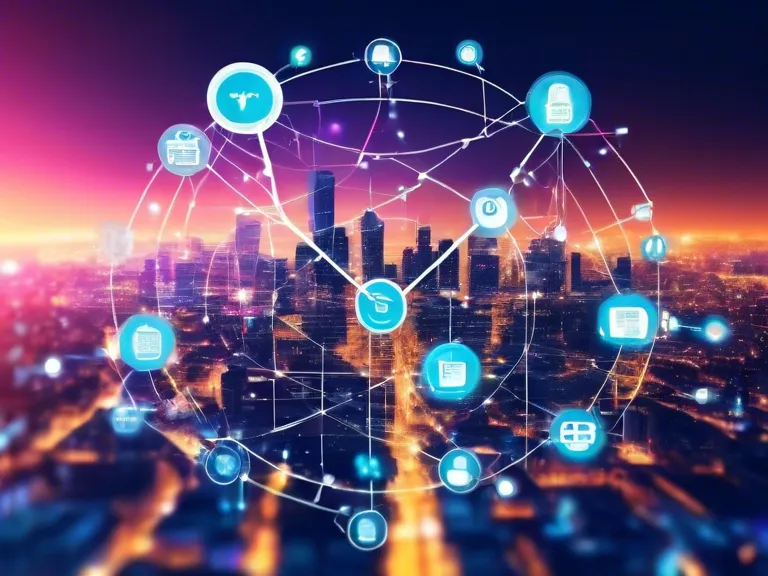
With the ever-increasing number of connected devices and the rapid growth of IoT (Internet of Things) technology, the future of data processing is moving towards real-time processing and edge computing. This shift in data processing capabilities is paving the way for more efficient and intelligent systems that can process and analyze data on the edge of the network, closer to where it is generated. This allows for quick decision-making, reduced latency, and improved overall performance of IoT applications.
Real-time data processing refers to the ability to process data as soon as it is generated, without any delay. With the massive amounts of data being produced by IoT devices every second, it is crucial to process this data in real-time to extract valuable insights and make informed decisions. Real-time data processing enables businesses to respond quickly to changing conditions, optimize operations, and deliver personalized services to customers.
Edge computing, on the other hand, involves moving data processing closer to the source of data generation, such as IoT devices, sensors, or other endpoints. This distributed computing model allows for faster data processing, reduced bandwidth usage, and improved security and privacy. By processing data at the edge, businesses can minimize the need to send huge amounts of data to centralized servers, thereby reducing network congestion and operational costs.
Combining real-time data processing with edge computing is the future of IoT, as it enables organizations to harness the power of data more effectively and efficiently. By processing data on the edge, organizations can benefit from faster insights, reduced latency, improved scalability, and enhanced security. This approach is particularly valuable for mission-critical applications that require real-time decision-making and low latency.
In conclusion, the future of IoT lies in real-time data processing and edge computing. By leveraging these technologies, organizations can unlock the full potential of IoT, improve operational efficiency, and deliver better experiences to customers. As the number of connected devices continues to grow, businesses need to embrace real-time data processing and edge computing to stay ahead of the curve and capitalize on the opportunities presented by IoT.



